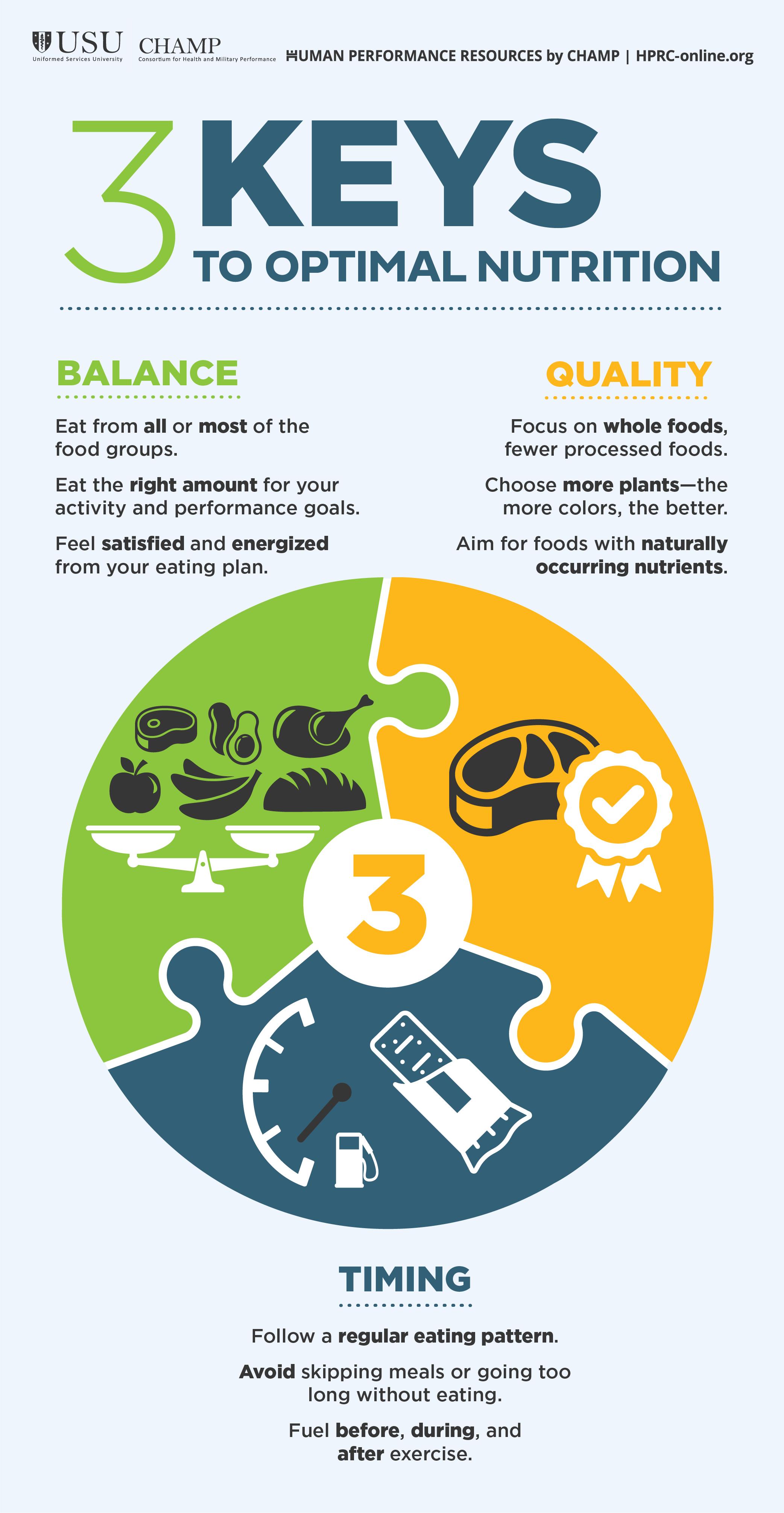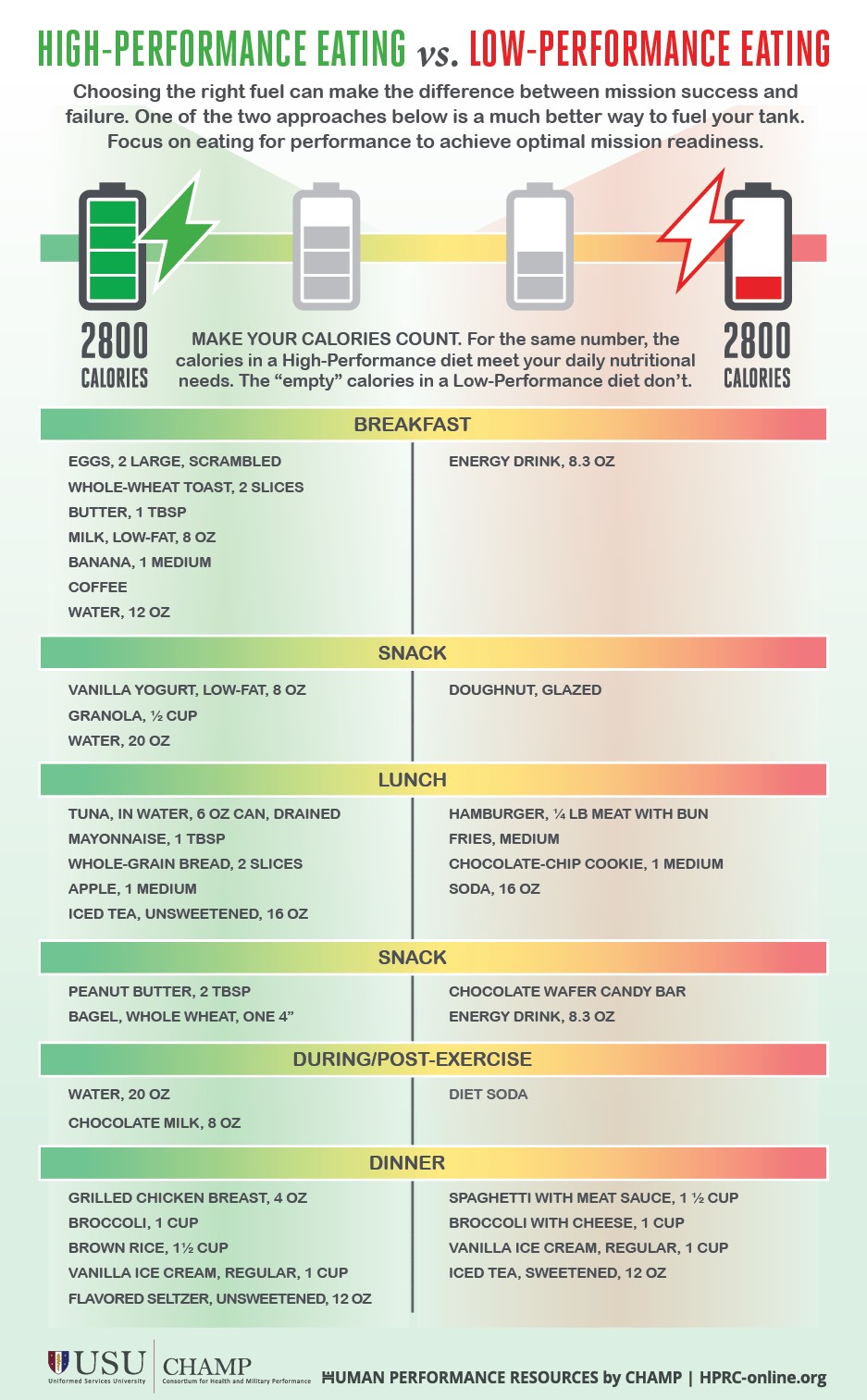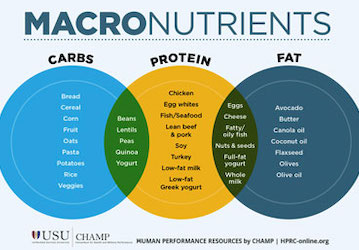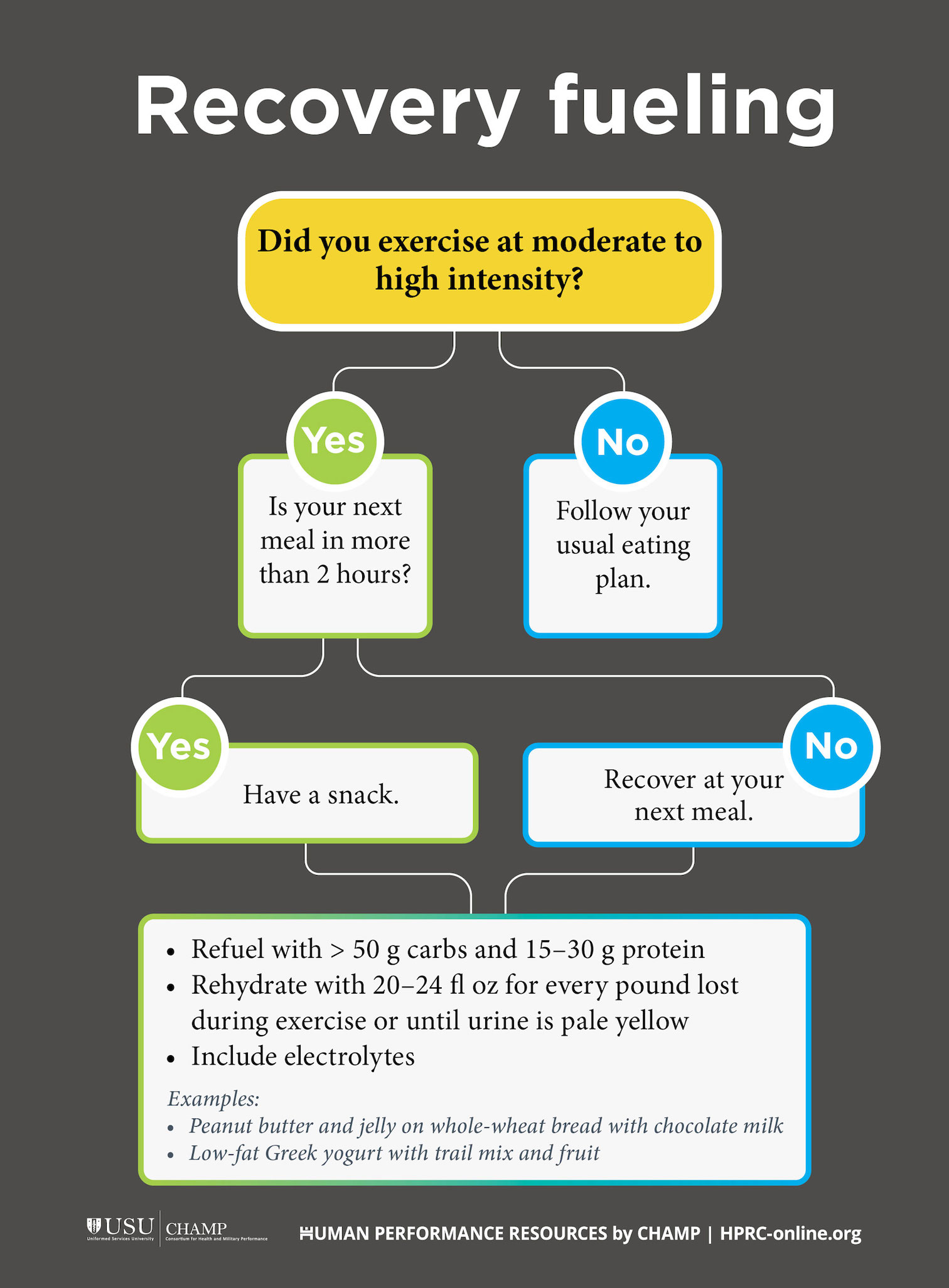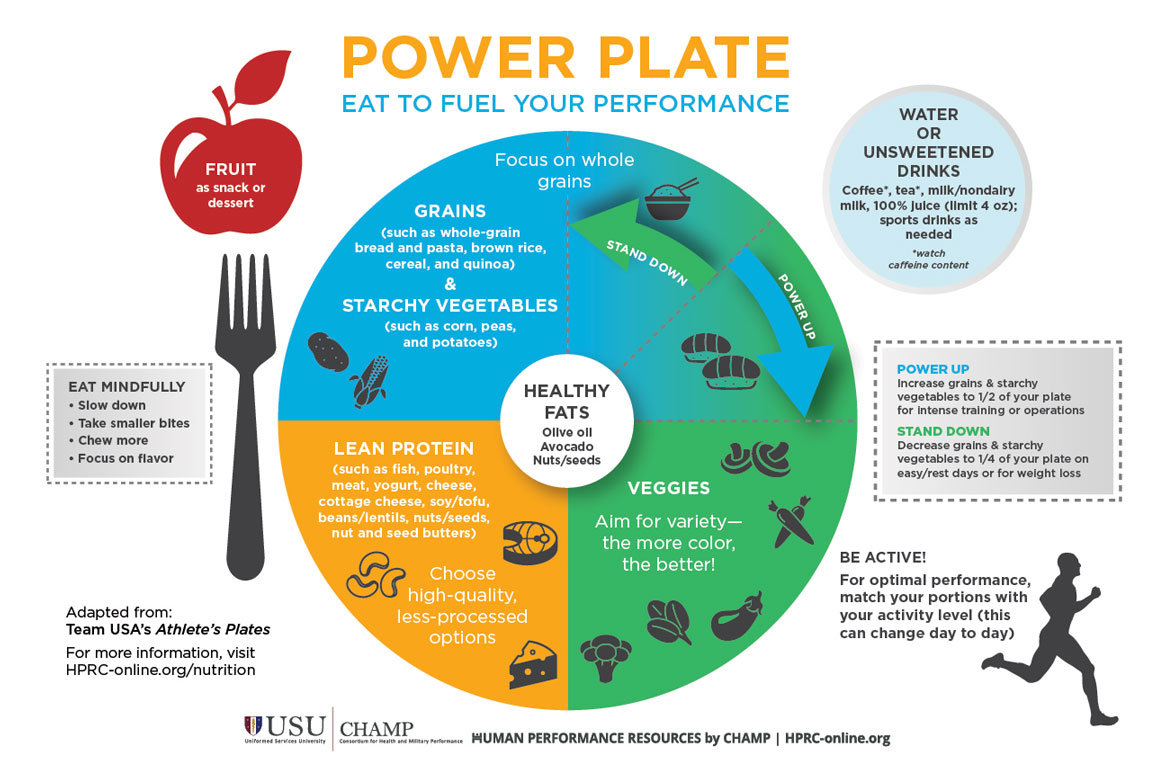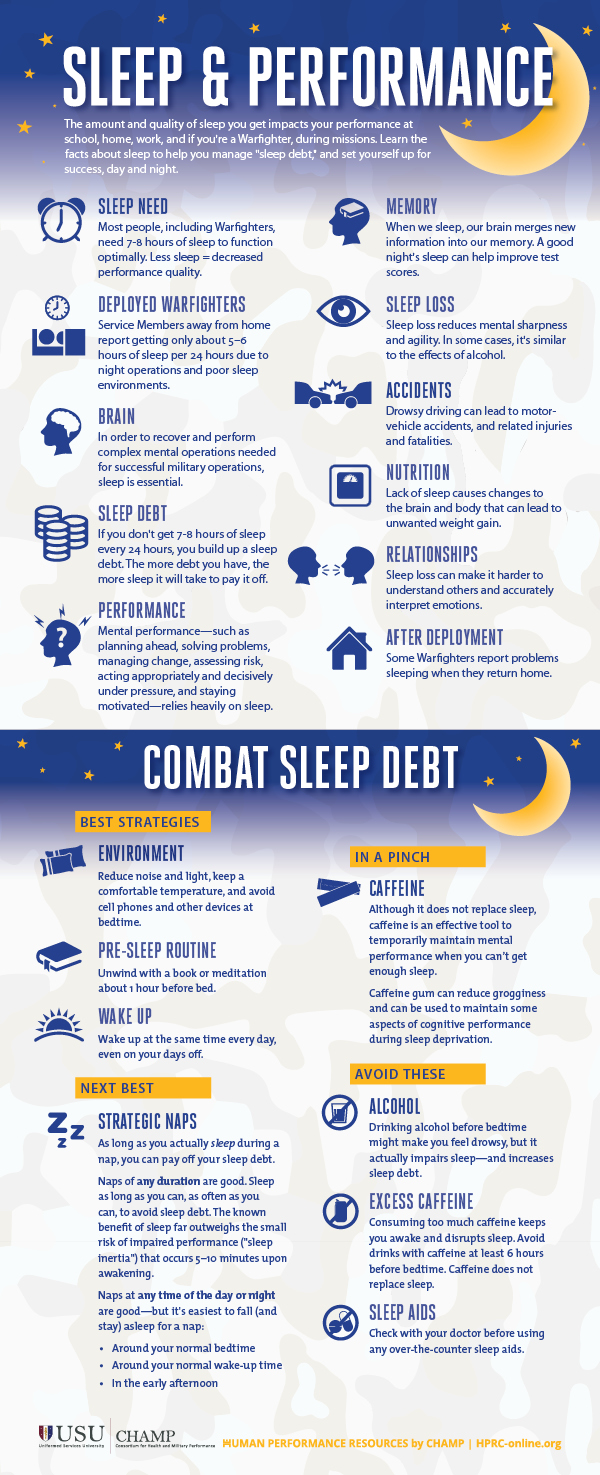Human Performance Optimization Training Center

H2F Human Performance Optimization is the Army’s Soldier readiness system for physical and nonphysical training. The Army enables it with the five enduring elements of governance, program, personnel, equipment and facilities, and leadership education. The H2F program must meet the commander’s training goals to develop and maintain a high level of readiness appropriate to the unit’s mission-essential task list, individual Soldier duty positions, and challenges of multi-domain operations.
H2F is designed to optimize Soldier personal readiness, reduce injury rates, improve rehabilitation after injury, and increase the overall effectiveness of the Total Army.
Training Cycles
Training Periods
| Period | Characteristics |
| Base | High volume, low intensity training |
| Build | Moderate to high volume training at high intensity |
| Taper / Peak 1 | Low volume training at high intensity and high levels of skill |
| Combat / Peak 2 | Peak levels of skill with low levels of volume; for example deployment |
| Recovery | Reconditioning after prolonged absence from H2F System or as a deload after Peak 2 |
H2F Macrocycle
| Base (4–12 weeks) |
Build (4–8 weeks) |
Peak 1 (2–3 weeks) |
Combat / Peak 2 (2 weeks +) |
Recovery (4–8 weeks) |
|
Physical |
High volume
Low intensity General strength, endurance and movement skill Needs assessment |
Moderate to high volume
High Intensity Specific strength, endurance and movement skill |
Low volume
High intensity High skill |
Peak skill
Low volume Multi-hour, day, week or month operations |
Active rest
Physical rehabilitation Goal assessment |
Nutritional |
Needs assessment
Periodized energy and macronutrient intakes for body composition Energy availability Education for strategic timing of nutrient intake around training sessions Macronutrient availability training to stimulate metabolic efficiency |
Energy intake adapted to
changes in training
Specific support for key sessions or environmental conditions (heat, cold, altitude) Body composition refinement Practice of field training, operational or combat nutritional strategy |
Energy intake adapted for high
intensity training to avoid weight
gain
Monitoring for optimal body composition prior to combat |
Support or fueling for combat
including recovery between varying lengths of engagements and patrols and varying environmental conditions
Nutrition supplementation practices Nutritional strategies for travel across multiple time zones |
Goal assessment
Nutrition adapted for light activity levels Minimal weight gain Elimination of supplements and ergogenic aids and performance enhancers Active nutrition for recovery or rehabilitation |
Mental |
Needs assessment
Purposeful motivational skill training Biopsychosocial pain control skill training Values-based self-assessment Technique practice (mental rehearsal, arousal control, deliberate breathing) |
Perception work
Video biofeedback for physical and physiological control Daily selfawareness log |
Optimal arousal
Concentration or focus Maximized emotional selfmanagement Occupational and combat-specific mental rehearsal |
Maximal trust, confidence and
adaptability
Written combat coping plan Spiritual justification selftalk Mindfulness |
Goal review and new goal setting
Deliberate, effective reevaluation of self, self-identity
Counseling to mitigate or treat posttraumatic stress Reachback or counseling to review, accommodate, assimilate experiences |
Spiritual |
Needs assessment
Understand the spectrum of options that individuals have to observe free exercise of spiritual fitness or not Emphasize basis or basics of spiritual fitness Rehearse individual spiritual fitness practices |
Refine individual spiritual fitness practices to build individual strength.
Understand shared practices to build mutual respect and group cohesion |
Sustain group and individual spiritual fitness practices
Review spiritual fitness topics before and after stressful training events |
Support unit members spiritual fitness needs in challenging and stressful conditions |
Goal assessment
Self-assessment Repair spiritual fitness |
Sleep |
Needs assessment
Appropriate sleep to maximize base period training adaptations May involve withholding sleep to maximize adaptation |
Practice of field training, operational or combat sleep
strategies
Specific sleep strategies to maximize absorption of training and improve recovery |
Increased sleep to maximize recovery from previous build period and the high-intensity training of the taper period. | Implementation of sleep strategies to manage recovery and preparation for travel, jet lag and high operational load | Goal assessment of short and longterm sleep strategy—what worked? |
Contact Info:
- No contact information available


